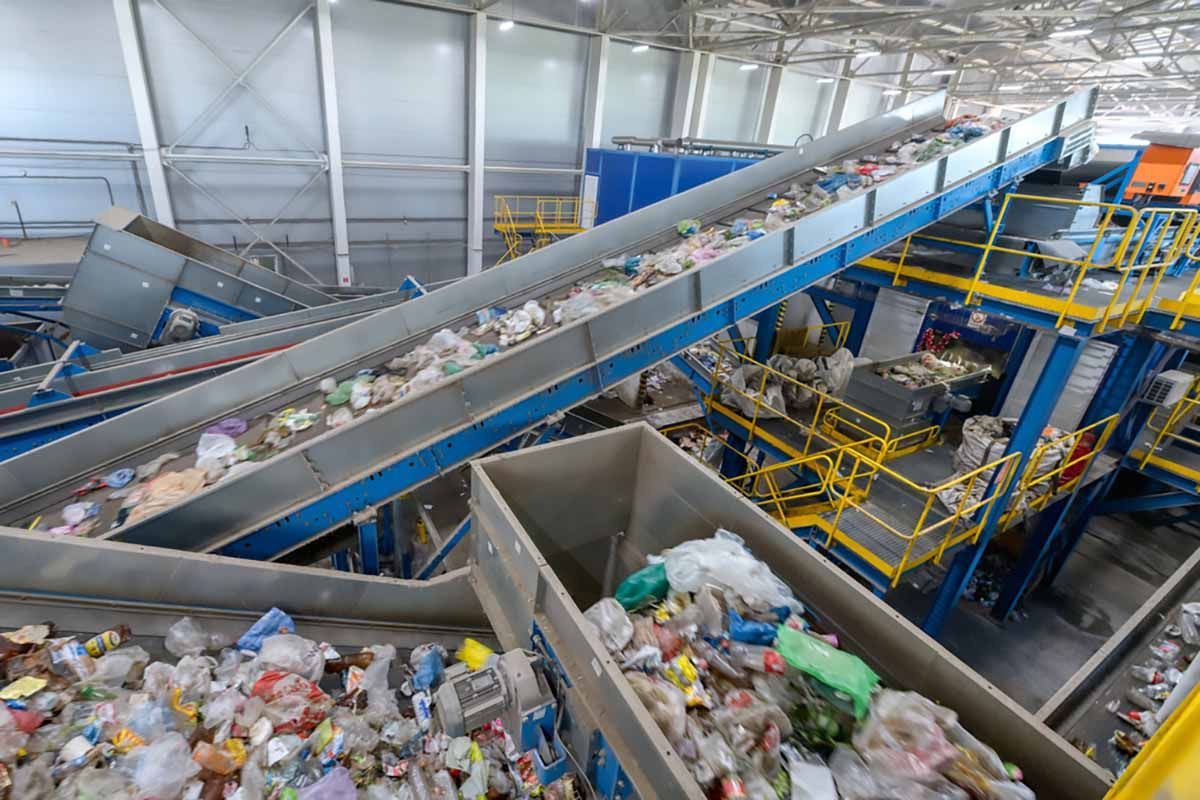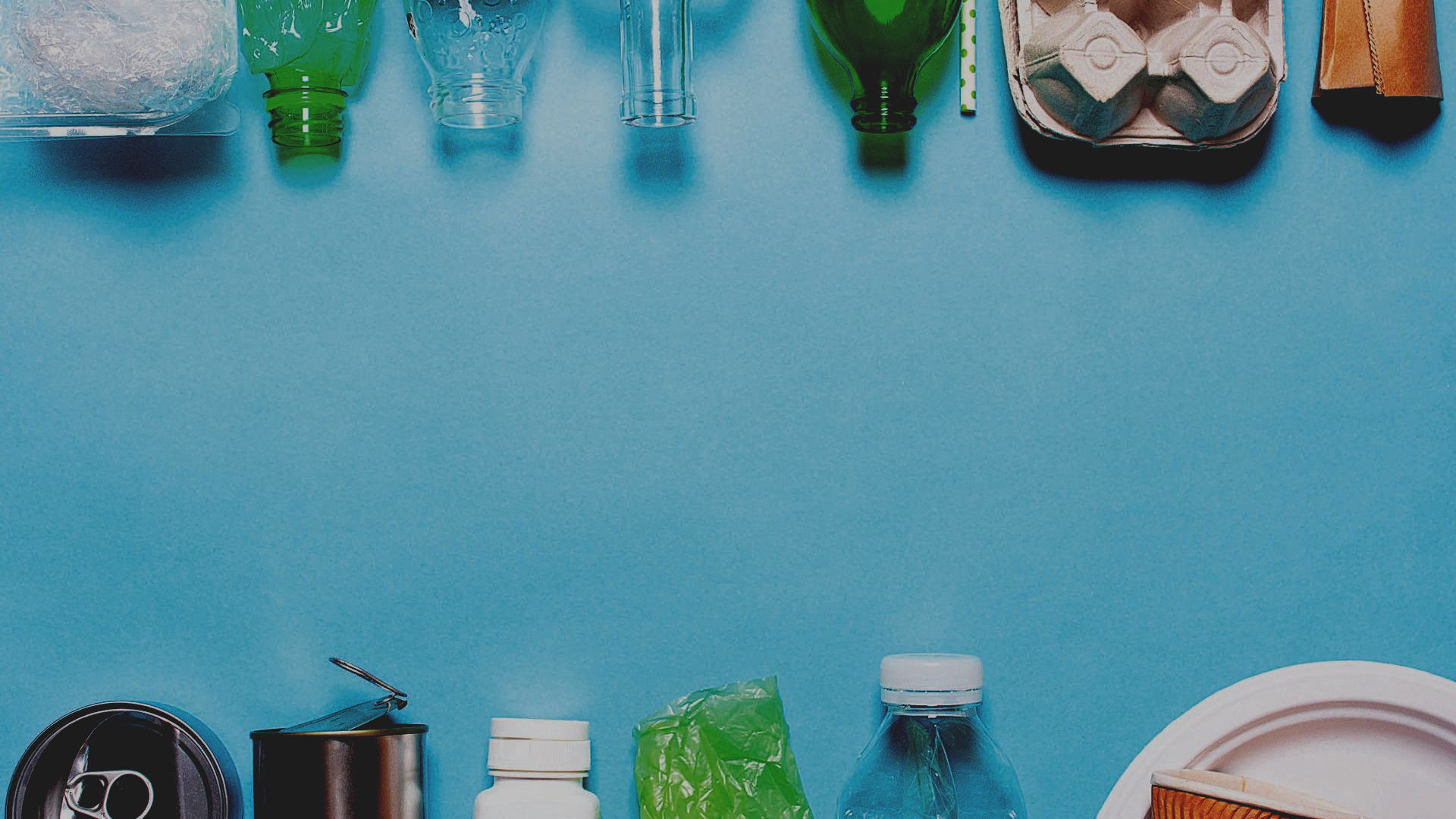7 Reuse Trailblazers you Need to Know in 2022
October 18, 2022
Today's guest blog is authored by Suz Okie of GreenBiz Group. The original post can be read here.
When it comes to reusables, I’m a fanatic, an enthusiast, a fan — insert any number of zealous descriptors and you wouldn’t be far off.
That’s in part because my journey to circular economy analyst began with a reusables obsession — following a graduate school commitment to stop buying single-use packaging (a goal I, admittedly, often fell short on), finding innovative reusable solutions became a personal addiction.
Reusables offered a tangible step towards the waste-free world I hankered for. In the food service industry alone, leveraging reuse could avoid 841 billion disposable packages annually, equating to 7.5 million tons of trash diverted. In fact, when comparing serviceware options, reusables beat out single-use — whether plastic, aluminum, compostable, you name it — on almost every environmental metric, not just waste reduction.
That’s why when I was invited to judge the 2022 Reusies — an award ceremony celebrating the heroes of the reuse movement — I was ecstatic. Presented by Upstream and Closed Loop Partners — supporters and experts on all things reusable — the Reusies celebrate the people, communities and organizations bringing reuse solutions to the world at large.
Hundreds of submissions flooded in and were narrowed down to three finalists for each of the Reusies’ seven awards. Evaluating their innovation, impact and scale, eight judges — myself included — selected winners that I’m delighted to share with you today.
Without further ado, the winners of 2022 Reusies:
The most innovative reuse companies of 2022
The Most Innovative Reuse Company — Consumer Packaged Goods
- The winner: Algramo
- The solution: Leveraging refill stations and home delivery trucks, Algramo enables consumers to replenish their own RFID-enabled smart containers with home products (think shampoo or laundry detergent) one refill at a time.
- What excites me — leading with social: Algramo was founded with a social mission to fight the poverty tax. By offering bulk products at affordable prices, this solution is not only green, it’s accessible. With partnerships forged across global brands such as Unilever, Nestle, Walmart and Colgate, Algramo also has a path to scale up operations for an international audience. "[We have the potential to replace] 20 percent of the single use packaging in your average superstore…and we’re dedicated to bringing that opportunity to reality," Brian Bauer, circular economy and alliances lead at Algramo, said in his acceptance speech.
- The runners-up: GOATOTE and Returnity
The Most Innovative Reuse Company — Enabling Technologies
- The winner: The Rounds
- The solution: Using a subscription model, The Rounds offers weekly deliveries of household "essentials" (everything from almonds to paper towels) in reusable containers, all while tracking your inventory and learning what you need and when.
- What excites me — going local: Operating in four cities on the east coast, The Rounds supports small businesses by sourcing local ingredients for its distributed model. "It’s really awesome we get to support the local economy while we build a circular closed loop economy in every city," said Alexander Torrey, co-founder and CEO of The Rounds. Leveraging electric bicycles for deliveries is the emission-reducing icing on the cake.
- The runners-up: Fill it Forward and Topanga.io
The Most Innovative Reuse Company — Fashion and Apparel
- The winner: Thrilling
- The solution: Supporting marginalized voices, Thrilling is offering a new spin on fashion resale by building a digital secondhand platform with inventory sourced from your favorite mom-and-pop vintage stores.
- What excites me — representing the underrepresented: By providing new revenue streams and an opportunity to digitize their offerings, Thrilling is helping small, local, female- and BIPOC-owned businesses compete in the e-commerce space. As Shilla Kim-Parker, CEO of Thrilling, noted, "Our store partners work day in and day out and salvage the best vintage and secondhand." It’s awesome to see these folks on the ground get a leg up.
- The runners-up: Fabscrap and Poshmark
The Most Innovative Reuse Company — Food and Beverage
- The winner: r.Cup
- The solution: Bringing reuse to the stadium scene, r.Cup provides reusable cups at large scale events, music venues and arenas.
- What excites me — scaling with style: Beyond establishing large partnerships with event companies and music industry bigwigs, r.Cup is working to bring reuse to multiple U.S. cities — most noticeably in Seattle where its helping to establish a city-wide reuse system and investing in washing infrastructure. "Thanks to the cities who are embracing reuse, [we’re developing] a powerful scalable municipal model," said Michael Martin, founder and CEO at r.Cup.
- The runners-up: Dispatch Goods and Just Salad
Reuse Community of the Year
- The winner: Human-I-T
- The solution: Fighting the digital divide, Human-I-T restores and distributes refurbished electronics in addition to dishing out internet access, training and tech support for underserved communities.
- What excites me — prioritizing access and e-waste: Having diverted a quarter million electronic devices and 11 million pounds of e-waste, Human-I-T is simultaneously taking on the fastest growing waste stream on the planet and equitable access to technology. "We transform electronic waste into opportunities for people to unlock their fullest potential. We believe access to technology is a right not a privilege," said Gabe Middleton, co-founder and CEO of Human-I-T.
- The runner ups: ReThink Disposable and The Ecology Center
Corporate Initiative of the Year
- The winner: Kroger/Loop Partnership
- The solution: Household products can be purchased in reusable containers at 25 Kroger/Fred Meyer locations throughout the Pacific Northwest. Leveraging Loop’s reusable packaging service, products are bought like any other product in the store aisle and returned by consumers to Loop-branded displays and collection bins for refill.
- What excites me — advancing America: By leveraging the largest grocery chain in America, this partnership has huge potential to scale — reusables may soon be available to the masses. "It’s been really wonderful bringing [Loop] to life and directly to the customers in our store," said Lisa Zwack, head of sustainability at Kroger.
- The runner ups: Coca-Cola’s Reusable Packaging Pledge and PepsiCo/SodaStream
Activists of the Year
- The winner: Alejandra Warren
- The work: Co-founder of the nonprofit Plastic Free Future, Alejandra is working to include marginalized communities in reuse conversations.
- What excites me — embodying inclusivity: A champion of inclusion and equitable access, Warren said it best herself in her acceptance speech: "I want to dedicate this award to all BIPOC community leaders and organizers — no one knows your community as much as you do, no one can create systemic changes that benefit your community as much as you can. Embrace your power."
- The runner ups: Jacqueline Omania, teacher at Berkeley Unified School District; and Yayoi Koizumi, volunteer leader at Zero Waste Ithaca
I hope you join me in a round of applause for "the pioneers, the trailblazers, the innovators and game-changing heroes who," as Upstream puts it, "are developing a better way than throw-away."
Disclaimer: Guest blogs represent the opinion of the writers and may not reflect the policy or position of the Northeast Recycling Council, Inc.
Share Post





